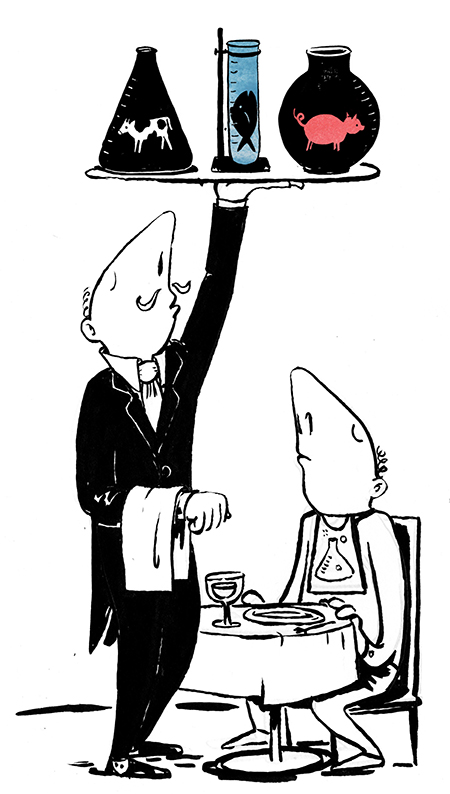ZEITGUIDE to the NEW AGE OF AMERICAN WINE

ZEITGUIDE “Food and Wine” Image by Kristofer Porter
Change is also happening in the American Wine Business.
Lets’ go back to 1978, when wine critic Robert Parker began his influence as America’s premier wine critic with his bi-weekly newsletter, The Wine Advocate.
He loved and continues to love big, predominantly oaky red wines with fruit-forward flavors, low acid, and high alcohol content (many of then from California’s Napa Valley) which can stand on their own without food. More balanced, less-intense “Eurocentric” wines were for “non-flavor elitists,” as Parker put it in his “Article of Merit.”
The Wine Advocate’s 100 point scoring system became the industry’s seal of approval: a score in the 90s could catapult a wine to commercial success.
So many American vintners—especially those seeking big scores, big following and ultimately big prices—conformed by producing wine that many oenophiles found simply overbearing.
And as the American winemaking evolved, more vintners found a niche outside the Parker dictates, creating wines that are more all-around subtle, and that are designed to complement a meal, not dominate it.
It’s a “new renaissance in American winemaking,” ZEITGUIDE Fellow and Hudson Wine Merchants Michael Albin told us.
These new wines are growing in popularity alongside the slow food movement, particularly the interest in organic production and artisanal products. Albin says there’s now a critical mass of winemakers who are:
- Farming by hand, organically and/or biodynamically.
- Crafting wines with higher acidity and lower alcohol.
- Focusing more on the grape instead of the oak (causing a global decrease in oak barrel sales) or other additives like sugar. (A good word to throw out at a dinner party is chaptalization, which is the process of adding sugar).
Like a start-up CEO, these winemakers operate from passion and vision—and are shaking up the wine industry up in a #nofilter kind of way. And just like digital technology and social media disrupted traditional media, Parker, too, has more voices to contend with.
Just a few weeks ago, two wine critics, The New York Times’ Eric Asimov and The San Francisco Chronicle’s Jon Bonné, organized a major tasting of “Unexpected Napa Valley Wines”, which follows the successful series of tastings by a new younger guard of California winemakers, called IPOB (In Pursuit of Balance).
Parker’s staff struck back on his subscriber-only website, dismissing their alternative perspective of Napa Valley and expressing shock that it would come from people “alleged to be professional wine writers.”
According to wine critic Bill Zacharkiw:
“What Asimov and Bonné were attempting to do is long overdue. For decades, the evolution of California wine has been held hostage by the disproportionate influence of Parker and the other highly influential American magazine, The Wine Spectator… Asimov and Bonné are but two of many critics and wine importers who are helping reshape the American palate, and this will ultimately be good for all of us.”
…
Want to taste what’s creating the wine wars?
Albin gives us some labels to try that are part of this New American Wine Renaissance:
- California’s Windgap, after years of producing industry standard 16% alcohol reds (Pax), they completely redirected their philosophy towards producing hands-on, low-alcohol Pinot Noirs that are truly a refreshing part of your meal. $30 to $60.
- At Clos Saron in the Sierra Foothills, winemaker Gideon Beanstock co-ferments, mixing his grapes before fermentation (most blended wines are combined after the individual parts are made into wine). The risk is huge; if one part goes wrong, the entire batch is ruined. If successful, the result is a wine with true energy and harmony. Small production 100 cases of each item. $32 to $57.
- Montebruno plants at the highest altitude possible in Oregon’s Willamette Valley, despite creating difficulty for transporters to even reach the vineyards. The high altitude dedication pays off, growing grapes with some of the most concentrated flavor in the region. $25-$65.
Let’s Drink to that!
…and Keep Learning,
Brad Grossman
Founder, Grossman and Partners
Creator, ZEITGUIDE
P.S. As you may have noticed, while our topics surely vary, our mission will not: to explore and guide top executives and creatives through the leading edge issues changing our world and therefore our businesses.
E-mail us at info@grossmanandpartners to suggest people who might also enjoy some Zeitguidance every Friday. Also, give a shout about subjects you’d like to see distilled in future Zeitguides.
Get ZEITGUIDE 2014 here.
